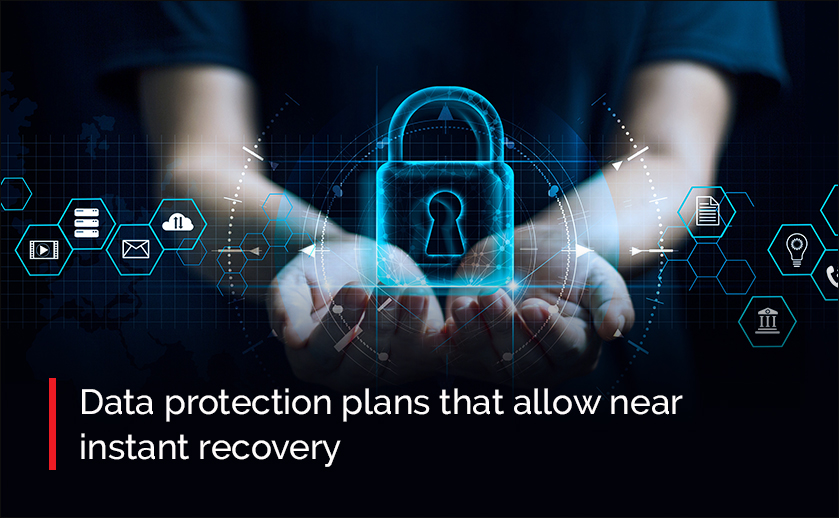Digital transformation efforts are in full swing across most enterprises across the world. The need and demand for highly scalable, affordable, and capable backup and recovery solutions have reached an all-time high.
Understanding the term Backup and restore
The concept of backup and restore is pretty much straightforward for enterprises to deploy. It pertains to practices and technologies that make routine copies of applications and data to a separate, non-primary device. These copies are then used to recover the apps and data- and the business operations on which these depend. The method is used during events where the original app and data are damaged or lost due to cyberattacks, disaster, power outage, human error, or some other unprecedented event.
For a business’s disaster recovery protocol, Backup and restore is a critical component to ensure business continuity.
Planning and strategy
An organization’s preference for backing up apps and data, i.e., the frequency of backups and the device or location of backup is directly dependent on the cost of recreating or replacing data if it’s lost irreversibly or the cost of losing access to app and data for any time period.
Conventionally the first step towards developing a backup protocol, especially for an enterprise backup strategy- is to understand the recovery point objectives and recovery for each application and data source.
Recovery Time Objective: RTO pertains to the maximum time period that a business can afford to go without access to the application or data- or, what is the time available to the organization by which it has to mandatorily recover the data and application.
Recovery Point Objective: RPO is the maximum amount of data that an organization can afford to lose and also defines the frequency of data backup to be followed by the organization to avoid losing any more data.
RTOs and RPOs will differ depending on the business that the organization is involved in and the individual apps and data in focus. Mission-critical applications (e.g.: an eCommerce site for a retailer or brokerage firm) will need microscopic RPOs and RTOs as in both cases, even the smallest amount of downtime will cost millions per minute for the retailer. The brokerage firm’s email system will need smaller RTOs and RPOs than the e-commerce’s email system as the brokerage firm might need a complete email audit for regulatory compliance.
Apart from RTO and RPO, external factors that decide the choice of backup and restore technology include the business’s need for data security, scalability, and even physical distance. The distance factor determines whether the organization wishes to maintain its backups far enough from the production infrastructure for assured recovery due to local disasters or power outages. IBM has a whole range of backup and recovery solutions that are managed via a responsive and intuitive web browser-based interface.






